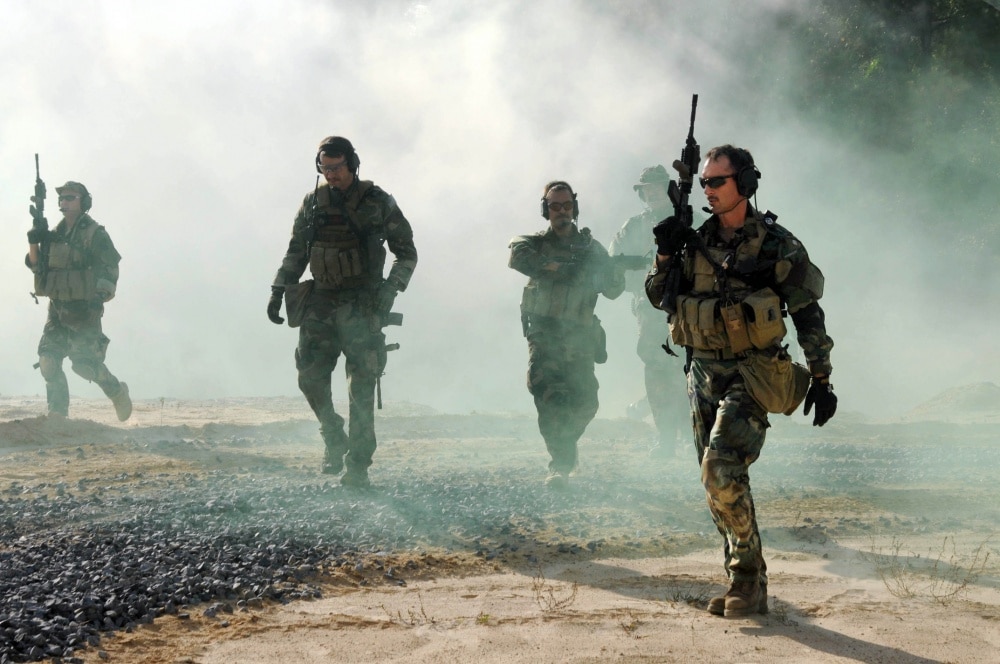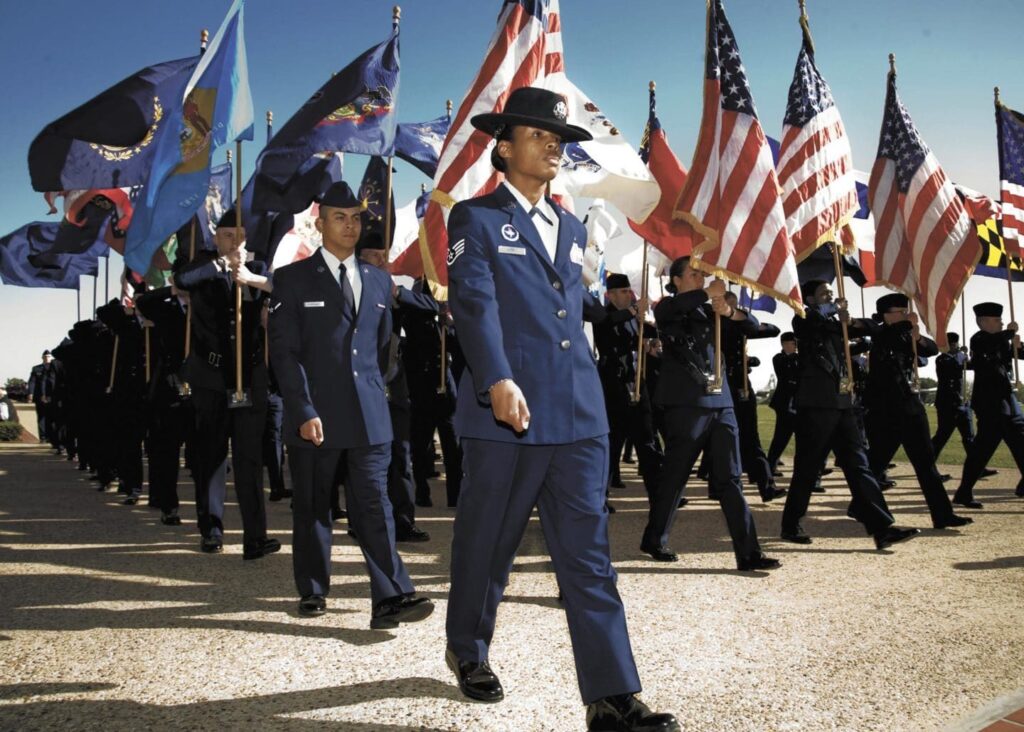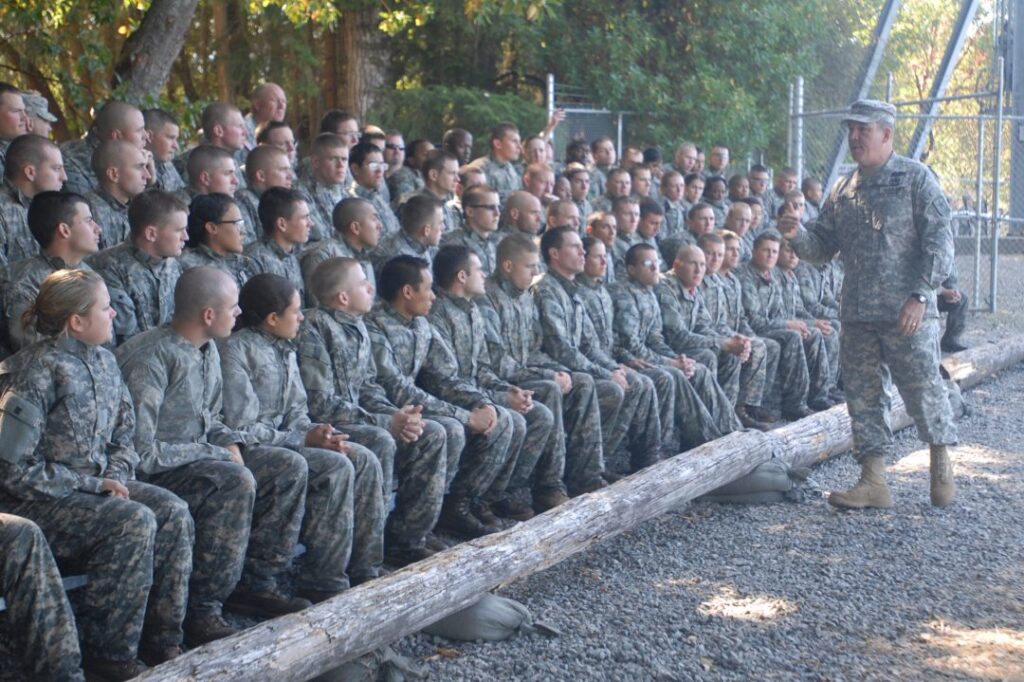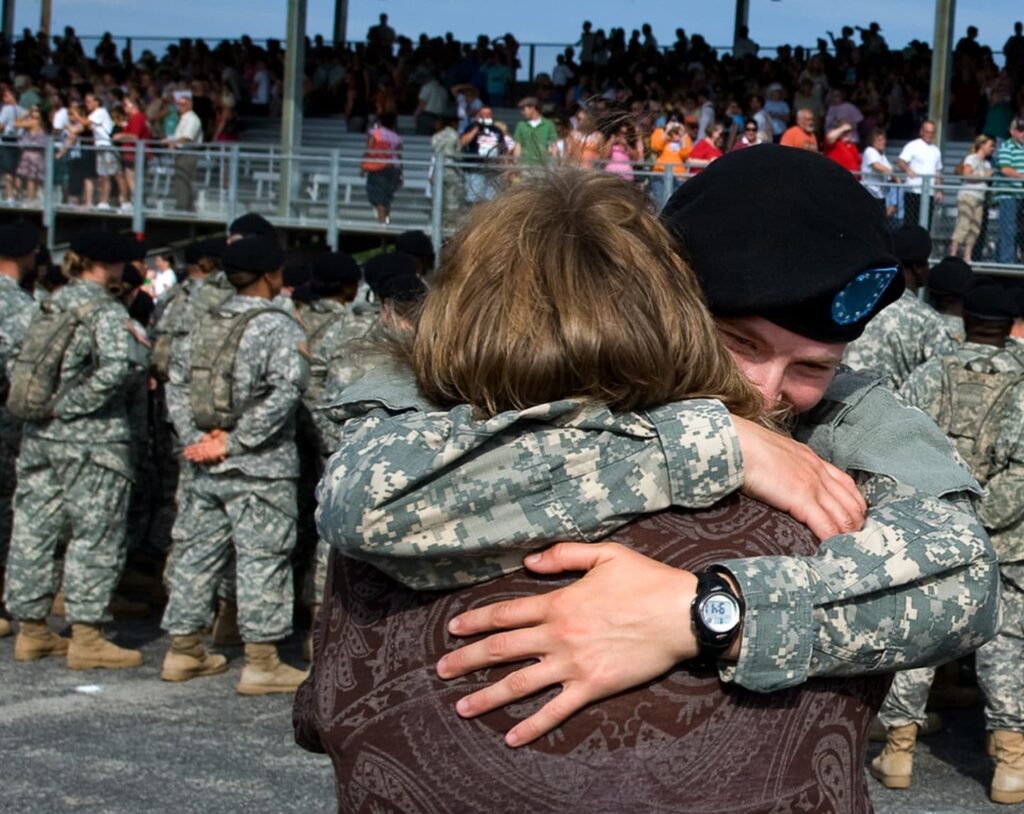There’s no typical day in the life of a Navy SEAL.
When you sign up for the challenge of a lifetime, you can expect that every day will throw something a little bit different at you.
But it’s not just for anyone.
Out of about 1,000 candidates who start the Navy SEAL training program each year, only about 200-250 succeed. There are nine active-duty SEAL Teams stationed at more than 30 locations worldwide, so only top-notch individuals are accepted as a SEAL team member.
The Navy SEAL requirements are tough, but the Navy SEAL training program is even tougher.
Think you have what it takes?
Read on to learn about just how much you have to give physically — and mentally — when it comes to Navy SEAL training.
Getting Started: Navy SEAL Requirements
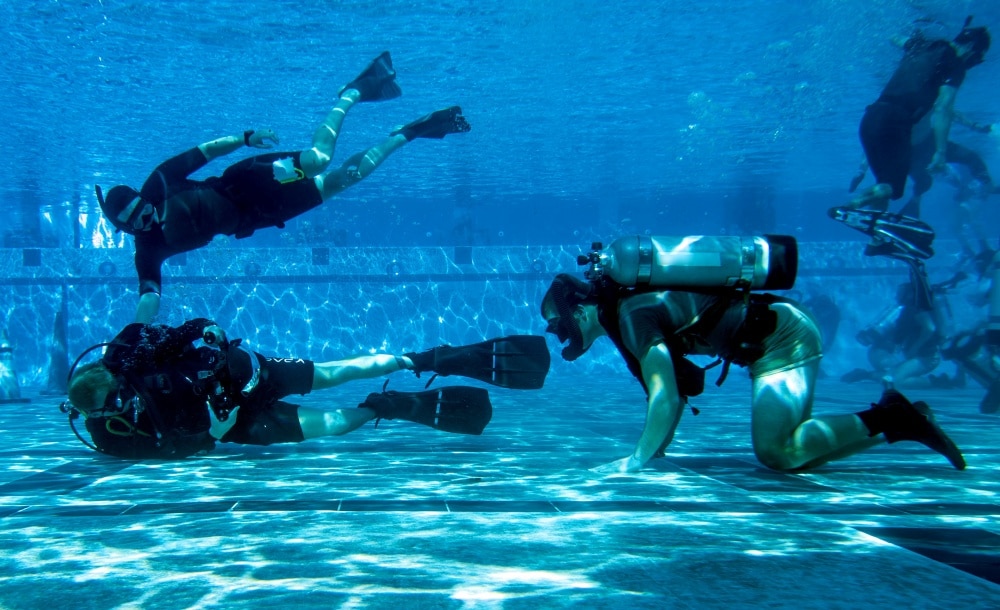
Other than being as tough as nails, Navy SEALS have to meet quite a few other requirements when it comes to the rigorous Navy SEAL training program.
And not all who apply for the job make it — even Olympic athletes have tried and failed.
Even with thousands of applicants who are certainly physically capable, the training program SEALS are required to go through requires much more than physical stamina.
Navy SEAL training takes at least a year and a half from boot camp until joining a SEAL team. Once with a SEAL Team and prior to the first deployment, there is an additional year or more of training. Navy SEALs also continue to train throughout their career.
Before you go into Navy SEAL training, you’ll want to prep yourself as much as possible. That means doing beyond the minimum requirements and prepping your body to avoid injury like shin splints.
While mental and physical strength, endurance, and grit all matter to become a SEAL, so does your age. If you’re older than age 28, you’ll need a special waiver. If you come with prior special operations knowledge or skills, candidates between 29 to 30 years old may be considered.
Here’s a look at how to train yourself physically for Basic Underwater Demolition/SEAL School, also known as BUD/S.
Preliminary Assessment
If you’re planning on enlisting as a SEAL, no college degree is required. But there are still strict requirements. SEAL candidates must be between the ages of 17 and 28 and are assessed by the following four tests:
- Pre-enlistment medical screening
- Armed Services Vocational Aptitude Battery (ASVAB) usually administered at Military Entrance Processing Stations assess mental aptitude and learning ability. SEAL candidates must achieve the following scores:
- GS + MC + EI = a minimum score of 170
- VE + MK + MC + CS = a minimum score of 220
- VE + AR = a minimum score of 110
- MC = a minimum score of 50
- Computerized-Special Operations Resilience Test (C-SORT) assesses mental toughness or resilience. Scores range from 1 to 4 (4 being the best) and are based on the three areas below:
- Performance strategies – goal setting, control, etc.
- Psychological resilience – acceptance of situations, ability to handle threats and challenges
- Personality traits
- Physical Screening Test (PST)
Here’s a look at the difference for PST requirements for enlisted and officer:
NAVY SEAL ENLISTED – PST TIMES & REPS | ||
| EXERCISE | OPTIMUM | MINIMUM |
| Swim 500 yards – Breast or Side Stroke | 9:30 | 12:30 |
| Push-up | 75 | 50 |
| Curl-up | 75 | 50 |
| Pull-up | 15 | 10 |
| 1.5-Mile Run | 9:30 | 10:30 |
| NAVY SEAL OFFICER – PST TIMES AND REPS | ||
| EXERCISE | OPTIMUM | MINIMUM |
| Swim 500 yards – Breast or Side Stroke | 8:25 | 12:30 |
| Push-up | 98 | 50 |
| Curl-up | 91 | 50 |
| Pull-up | 21 | 10 |
| 1.5-Mile Run | 8:59 | 10:30 |
Navy SEAL Training Stages
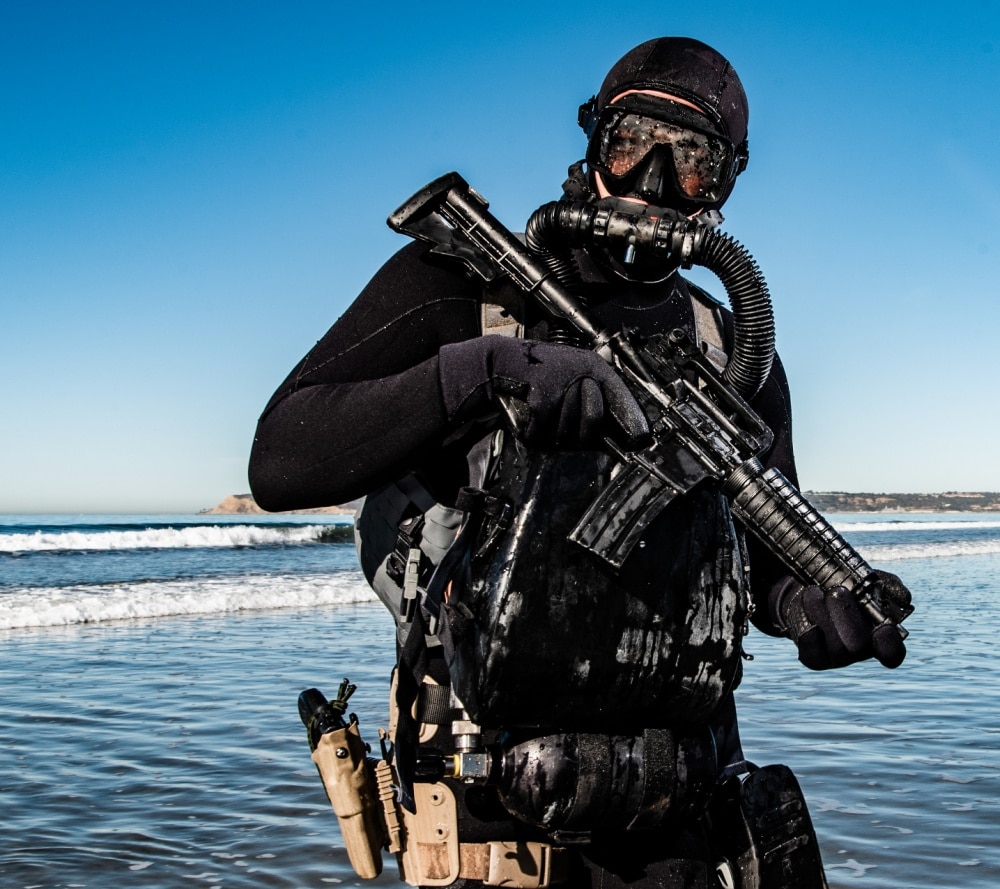
Stage 1: Naval Special Warfare Preparatory School (NSW Prep)
This stage of Navy SEAL training has a lot of prerequisites to make sure you’re going to succeed in the overall program. This 2-month period is focused on improving candidates’ physical readiness for BUD/S.
Training includes physical fitness, academic topics, and mental toughness.
At the end of NSW Prep, candidates must be able to complete the following modified PST or they’re not eligible for further SEAL training:
- 1000-yard swim with fins (20 minutes or under)
- Push-ups: at least 70 (two-minute time limit)
- Pull-ups: at least 10 (two-minute time limit)
- Curl-ups: at least 60 (two-minute time limit)
- Four-mile run with shoes and pants (31 minutes or under)
Stage 2: Naval Special Warfare Orientation (NSWO)
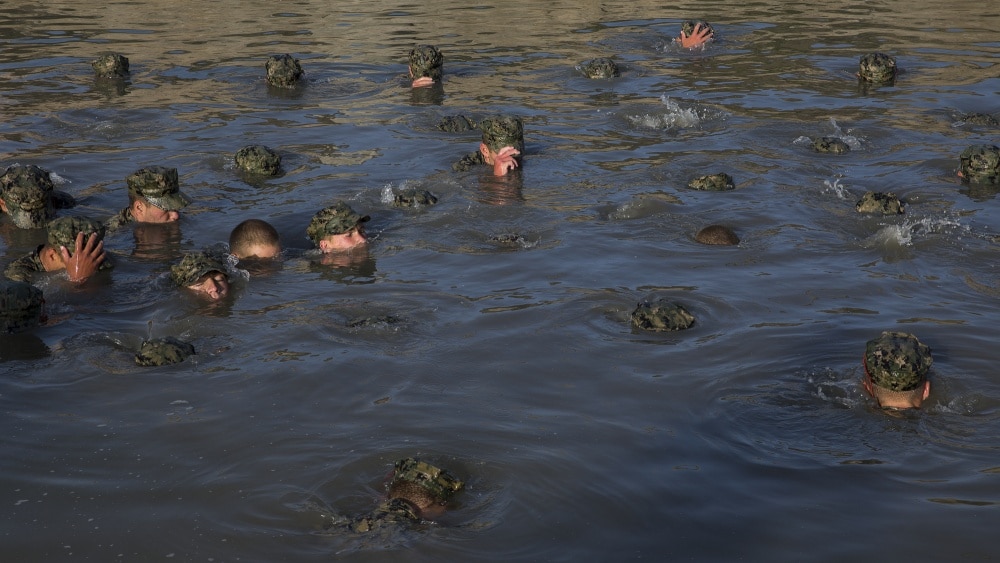
Next up? You spend three weeks during this introduction to BUD/S in Coronado, California. This period of training is dedicated to the special operations training lifestyle.
Goals include:
- Tackle the obstacle course
- Improve swimming skills
- Understand the values of teamwork and perseverance
Instructors start hand-picking individuals who demonstrate exceptional skills and proper character and integrity. You’ll then head into underwater demolition training.
Stage 3: First Phase – Basic Conditioning
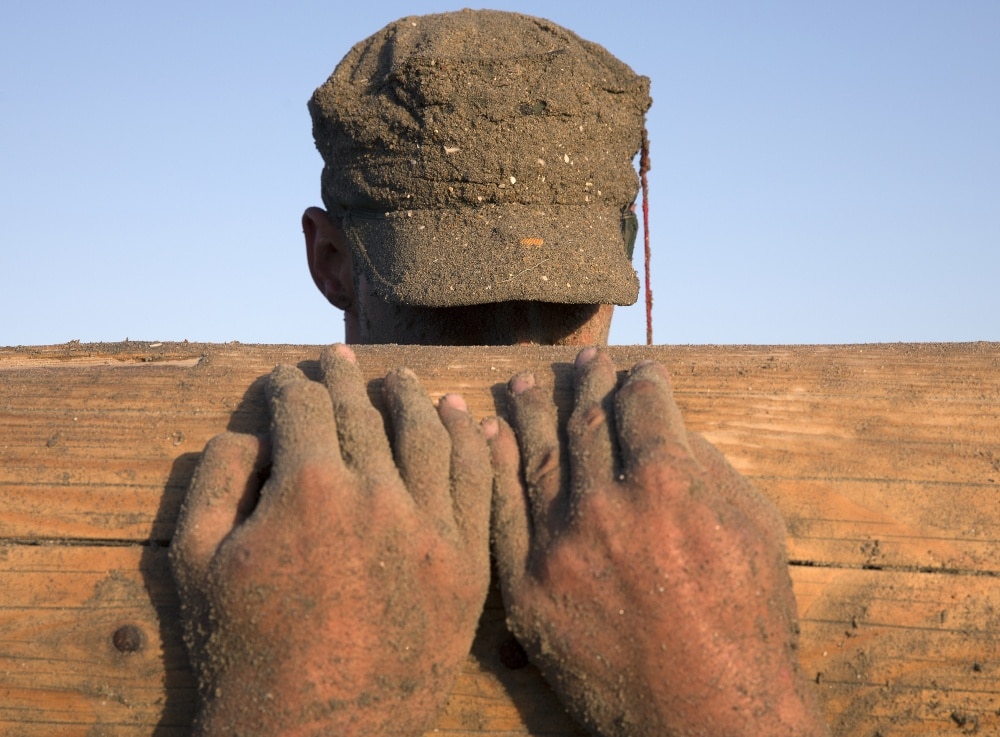
This stage includes what’s known as “Hell Week” for SEALs.
For seven long weeks, the focus is on physical training, water competency, mental tenacity, and developing teamwork. You’ll also learn how to conduct hydrographic survey operations.
At this stage, performance requirements increase each week. Candidates will run more, swim more, and complete more calisthenic exercises in a progressive manner. Individual performance is measured by a four-mile run, obstacle course completion, and a two-mile swim.
As for the pressure level? All events are timed.
A good chunk of candidates put in their Drop on Request (DOR) to leave the program at this point of training. In the past, SEAL trainers have found candidates with composite PST scores below 827 are three times more likely to succeed.
Hell Week
Love sleep? You’ll miss a whole lot of it during Hell Week.
At this point in training, you only get about 4 hours of sleep in total during a five- and-a-half-day period. The days are long — 20 hours at a time — and you’ll push your body to run more than 200 miles.
If you make it through Hell Week, then you’re more than likely going to have the dedication and commitment takes to be a Navy SEAL.
Stage 4: Second Phase – Combat Diving
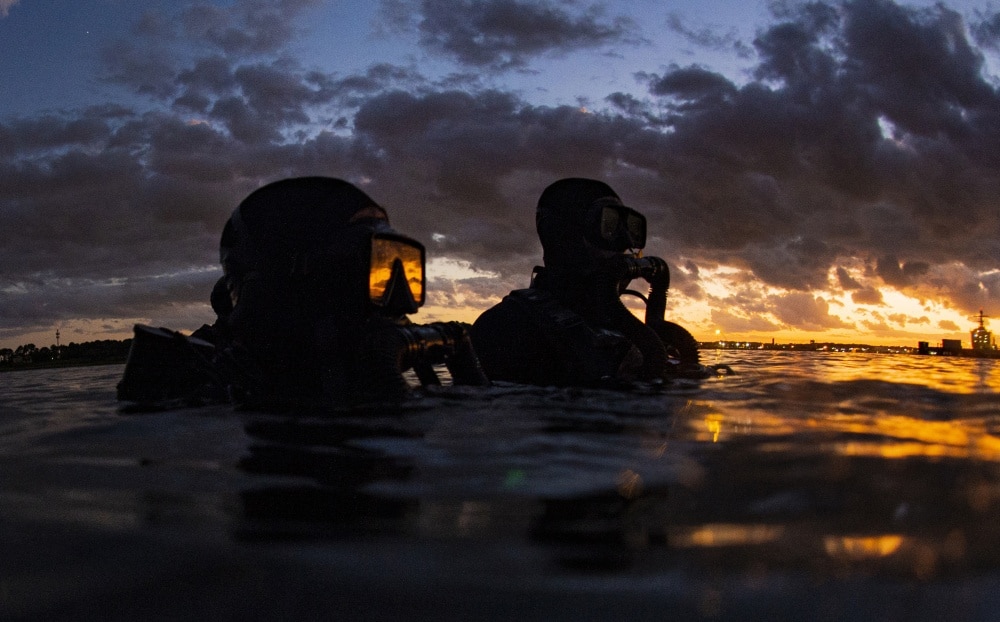
Most SEAL missions were intended to be aquatic operations, which is why this part of the training is a must.
During these seven weeks, Navy SEALs acquire unique underwater skills. This training teaches you how to become a basic combat swimmer in both open and closed-circuit diving.
Performed in physically uncomfortable and stressful environments, those squeamish in water environments will struggle to complete this phase.
Stage 5: Third Phase – Land Warfare Training
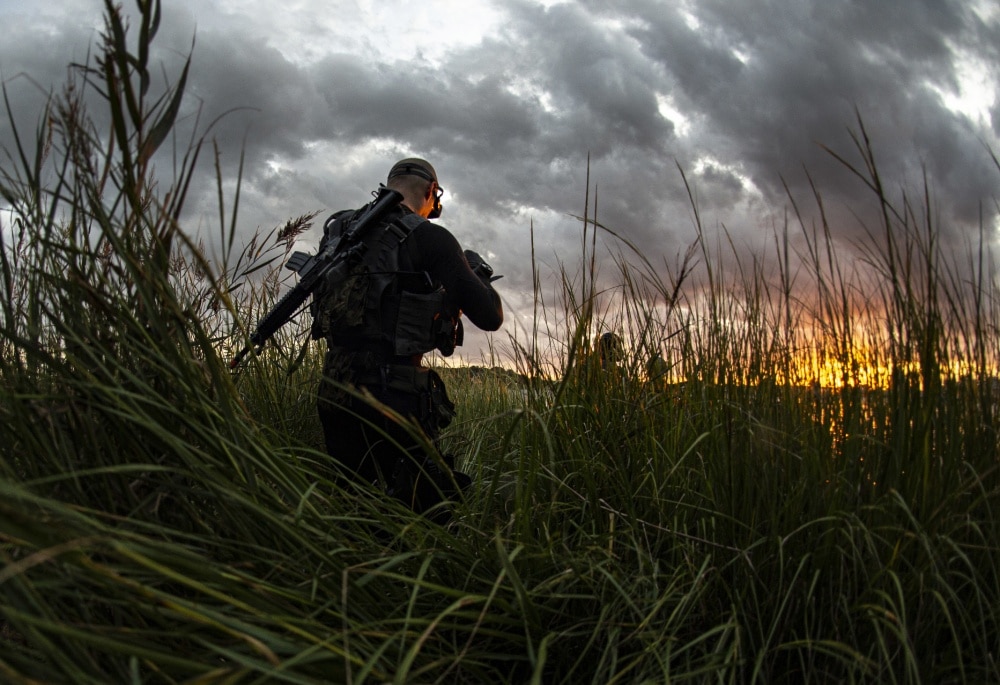
This period has the lowest “drop-out” rate as candidates have shown a strong commitment to making it this far in training.
Training sessions focus on:
- Basic weapons
- Marksmanship
- Demolitions
- Navigation
- Patrolling
- Rappelling and other combat tactics
You’ll also spend time in the classroom learning to gather and process information necessary to complete missions and become more confident in the field. The last 3.5 weeks of your training are spent on Catalina Island, actively practicing skills in an environment that aligns with real missions.
Stage 6: Seal Qualification Training (SQT)
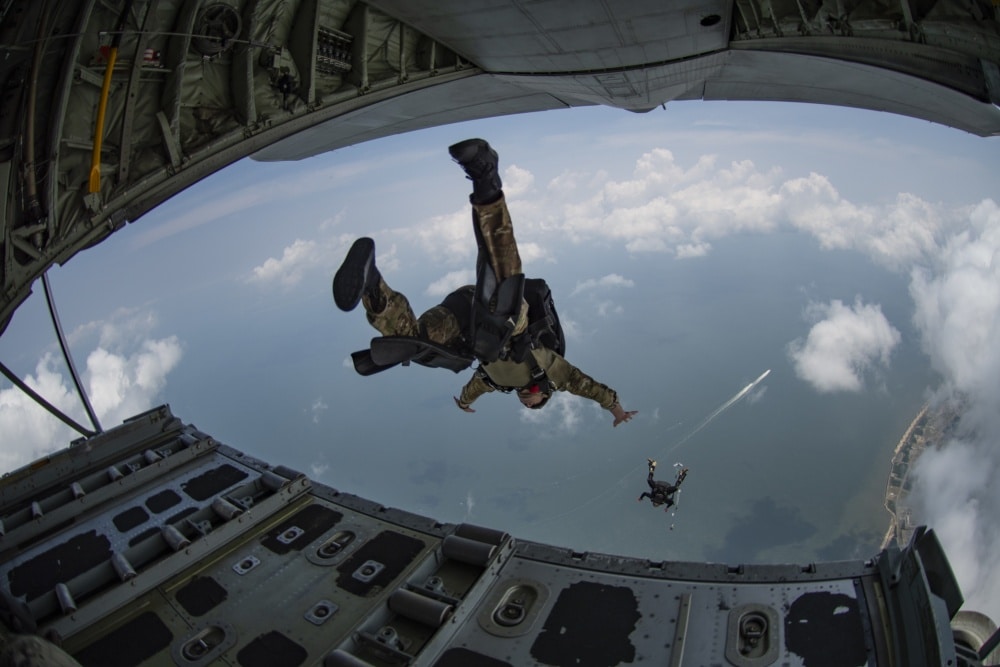
Stage 6 is the final and longest training stage for Navy SEAL candidates. At 26 weeks long, you’ll spend time focusing on advanced tactical training to join a SEAL platoon.
Upon completion, trainees receive their SEAL Trident and are assigned to a SEAL team where they undergo more training (a year or more) to prepare for a major deployment.
Stage 6 training includes:
- Weapons training
- Maritime operations
- Small unit tactics
- Land navigation
- Demolitions
- Cold weather training
- Medical skills
SERE training includes:
- Survival
- Evasion
- Resistance
- Escape
SQT training additionally qualifies candidates in:
- Static-line parachute operations
- Freefall parachute operations (High Altitude-Low Opening “HALO”)
- Freefall parachute operations (High Altitude-High Opening “HAHO”)
Can You Handle The Navy SEAL Training Program?
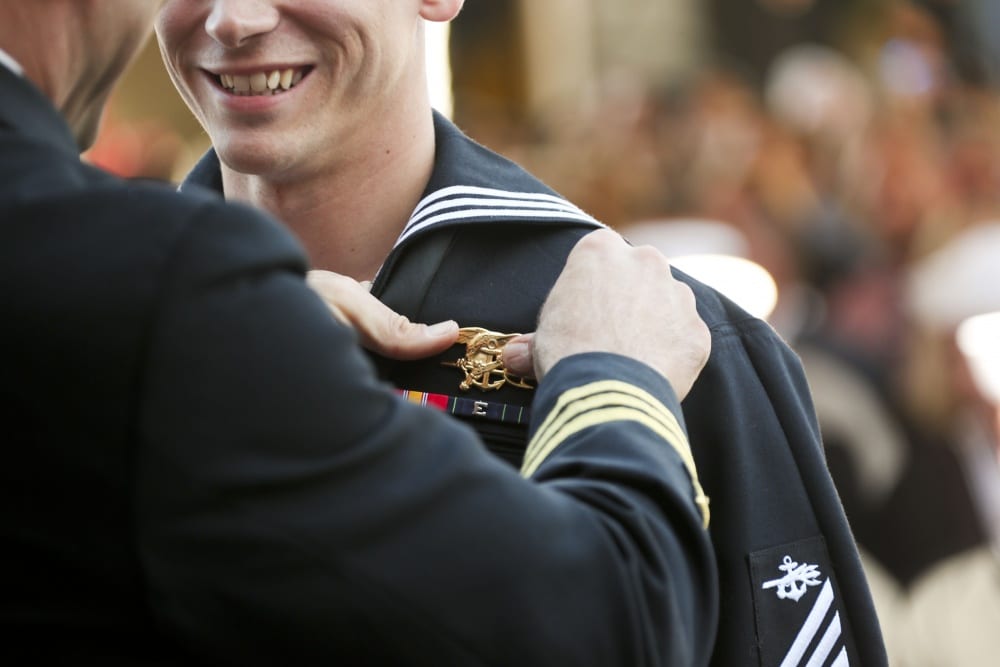
So, you think you can handle being a SEAL?
There’s only one way to find out, but you’ll want to spend a lot of time mentally and physically preparing to do so.
While you can certainly train on your own schedule, it’s important to not fit all workouts in — cardio, calisthenics, running, swimming, etc. — into one day.
The key is a progression as your body gets stronger and learns to adapt to heavy training periods. Keeping a record of your training progress will also help keep you motivated. It’s also useful for tracking weak points to further train with your mentor or coach.
Above all, keep a positive mindset. It will get you through the toughest parts of training. Most SEAL trainers will tell you it’s 90% mental.
Think you can survive a Navy SEAL workout and training program? Let us know in the comments below how you’re preparing if you plan to be a Navy SEAL!
